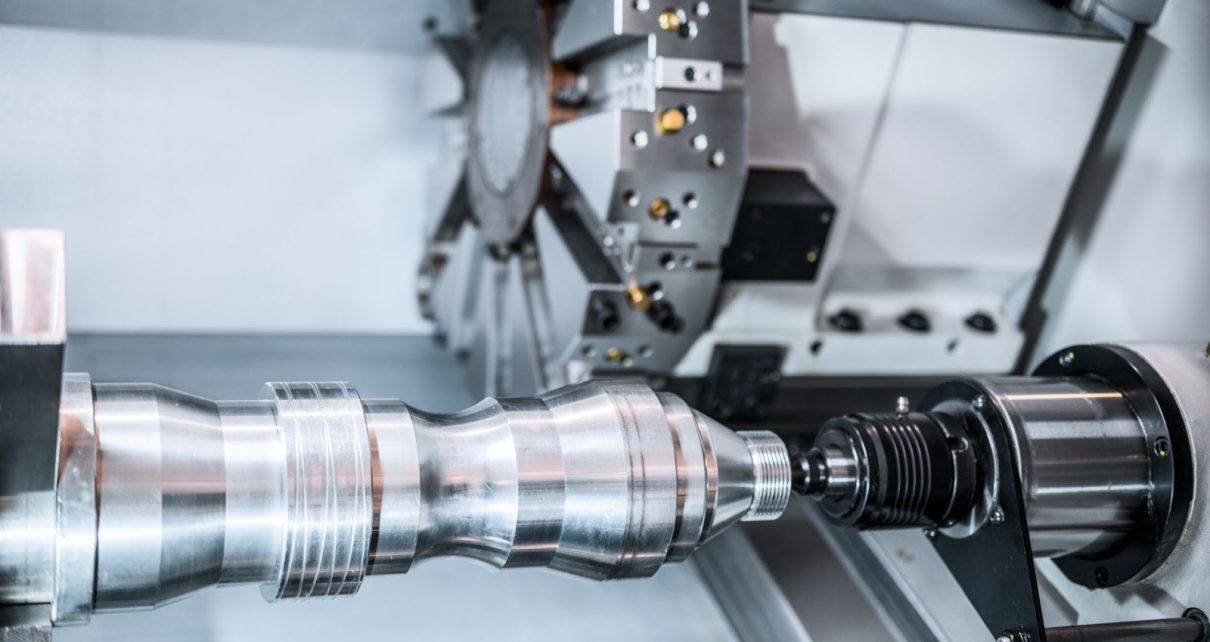Imagine a world in which cars park themselves correctly, robots carry out delicate surgery, and machines operate with perfect accuracy. The encoder is a little but essential piece of technology that powers these amazing achievements.
A device that transforms motion or location into an electrical signal that a control system can comprehend is known as an encoder. Much of the technology we use on a daily basis would not be conceivable without the encoder.
How do they work?
Fundamentally, encoders are used to detect position and motion. Depending on the kind of encoder, they employ various techniques to do this. A sensor, a disk, or other moving component, and electronics that decode signals make up the majority of these devices. The disk’s linear motion or rotation either modifies magnetic fields (magnetic encoders), breaks a light beam (optical encoders), or alters other quantifiable characteristics that are subsequently converted into usable data.
Types
There are numerous varieties, and each is appropriate for a particular use case. The rotary encoder is the one for measuring any object’s rotation. They are frequently found in industrial machinery, steering systems, and motors. Motion is measured via the linear encoder in a straight line. They are frequently found in high-precision tools, robotics, and CNC machines.Without a reference point, the incremental encoder cannot track absolute position; instead, it only provides information about position changes. On the other hand, precision is guaranteed by the absolute encoder as soon as it powers on after an outage.
Technological Uses
From consumer electronics to the industrial sector, these are present everywhere. The feedback mechanism in industrial automation is the encoder. They are necessary for manufacturing lines, robotic arms, and conveyor belts to maintain exact motion. For automated gearboxes and electronic steering systems in the automotive sector, these devices are essential. Precision measurement equipment like the encoderis used in medical technology to maintain accuracy down to millimeter fractions in machines like surgical robots and MRI scanners.
The future of encoder technology is promising and full of new developments. Miniaturization is a big trend. As gadgets get smaller, the sensors that manage them have to get smaller too. Additionally, the wireless encoder is becoming more popular, which removes the need for large cables in remote and mobile applications. Furthermore, as businesses transition to more environmentally friendly technology, these will play a crucial role in maximizing energy efficiency in smart grids, electric cars, and sustainable manufacturing techniques.





